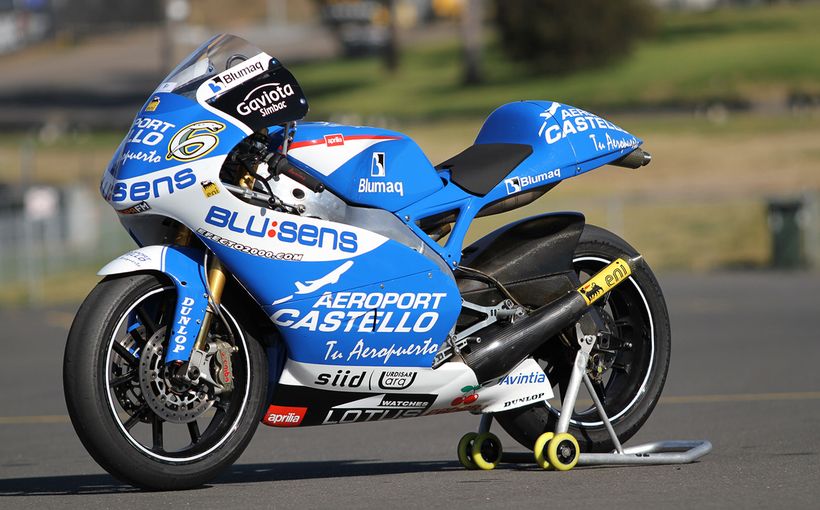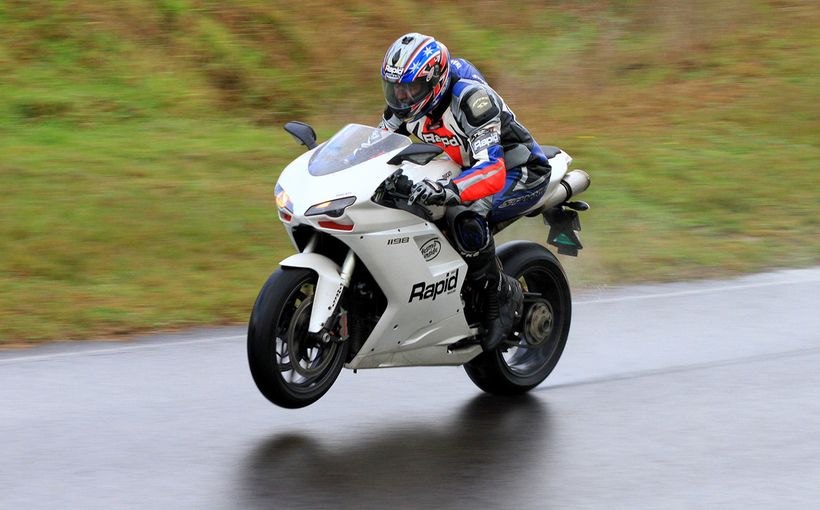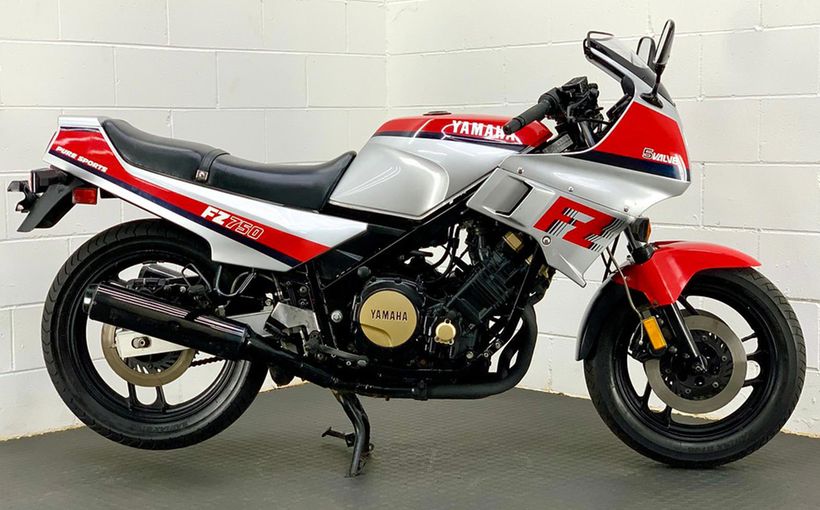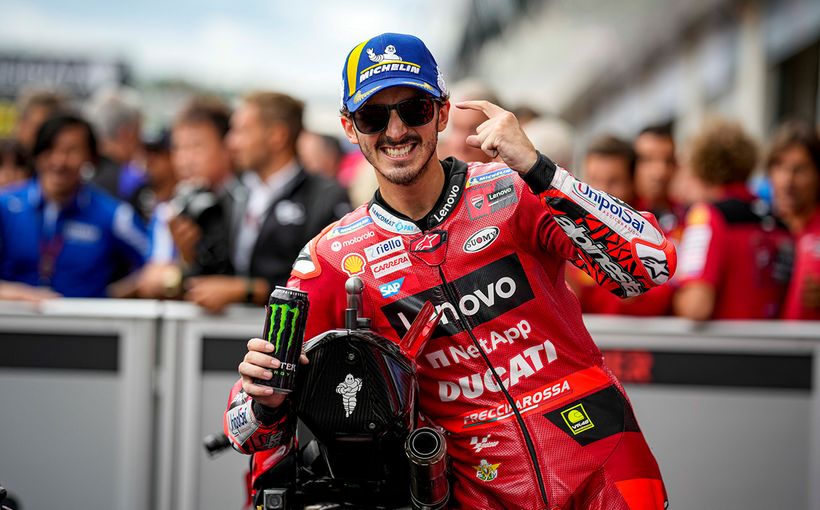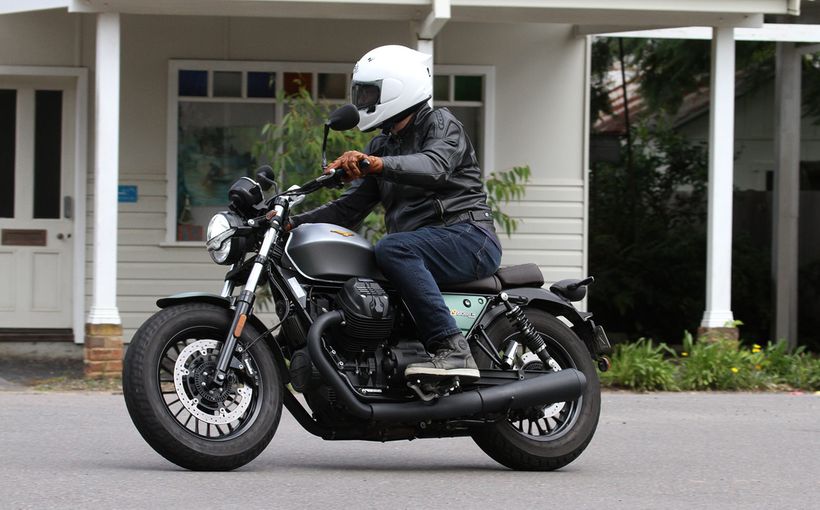Road Rider Test: 2019 Ducati Scrambler Icon - Orange Crush


You know that feeling. It might not be one you’ve had for years and years, or maybe you felt it last week. It doesn’t make a lot of sense, but it feels good. You’re worried it won’t last.
But it might, or it might evolve from a crush to something that lasts, a familiarity, comfort and source of ongoing pleasure.
I’m not in love with the Ducati Scrambler Icon, but I think I have a crush on it.
And crush could be the right word, because it makes me feel like a teenager: young, carefree and looking forward not back.
Which doesn’t make sense considering the machine is styled around motorcycles Ducati built in the 1960s and ’70s, but does make sense when you realise the Icon is so easy to ride, easy to live with, easy to own.
WHY WOULD YOU WANT ONE?
Fun. If there’s one thing all teenagers (not just girls, Cyndi) want to have, it’s fun, and that’s what the Scrambler provides, in spades.
It doesn’t take itself too seriously, isn’t trying to be something it’s not, doesn’t pretend to be sporty or adventurous or muscle-bound. It’s just a motorcycle for getting around – to work, the beach, the cafe or the countryside, solo or with a friend. Even the colours available, yellow or orange, are nice and loud, speaking to the audience it’s trying to attract.
It’s not trying to replace your car, won’t cross the desert like a Multistrada Enduro, won’t set lap records like a Panigale. What it will do is put a smile on your dial every time you ride it. And because of that, you will want to ride it whenever the sun is out.

THE BACKGROUND
Ducati introduced the Scrambler range five years ago, targeting a youthful audience – 20 somethings with some riding experience – because 800cc motorcycles aren’t learners bikes, especially in Australia.
Good looking, non-threatening, non-demanding and priced competitively, the Scramblers sold well, along with a huge range of lifestyle goodies like helmets, riding gear, casual clothes and accessories.
Since the launch Ducati has introduced more models and more engine sizes. There’s now a 400cc model, the Scrambler Sixty2, and 1100cc models as well as a core range of 800cc variants. The Icon is the base model of the 800s, priced at $13,690 (+dealer and statutory costs) for the “62 Yellow” version and $100 more for the “Tangerine” (orange). Why they didn’t split the difference is something only an Italian could answer.
That’s a low price to pay to become a [Italics] Ducatisti. [Italics]
2019 UPDATES
Ducati has breathed some updates into the Icon to make it more convenient to own, handle better, be safer, more comfortable and look a little sharper.
The new Bosch cornering ABS is a welcome addition although I’d be surprised if that’s come from consumer demand – if you seriously believe you might need cornering ABS, wouldn’t you be buying a Multitrada, Monster or Panigale? Maybe Bosch did a deal on the components Ducati couldn’t ignore?
So where the cornering ABS might save your life, or you might never use it, the addition of a USB charging port is something you might use every ride.
Unfortunately I’m not sure if Ducati could have put it in a worse place – under the seat pointing straight up, where it’s difficult to access and bends phone cables in ways which will shorten their life. I ran a long phone charging cable from the port under the seat, along the base of the tank and up to the handlebars, where I’d clamped a phone holder. Alternatively, there’s enough space under the seat to hold a phone, maybe wrapped in some foam or bubblewrap and connect it to the USB port for charging.
The seat has been redesigned for more comfort: from my perspective it’s good for about 90 minutes at a time before it starts to feel a bit hard. I did a couple of long days on the bike – 8 hours from go to whoa – and still felt pretty good at the end of the day.
Another update you’ll use every ride is the new hydraulic clutch and adjustable lever, added for a lighter feel. Some people refer the simplicity of a cable clutch but I don’t. Give me the lightness and consistency of a hydraulic system, easily adjustable levers and the balanced appearance of master cylinders on both side of the ’bars.
LED lighting has been added, including the headlight, daytime running lights and indicators. The round shape of the headlight remains, with a stylish ‘X’ shaped black insert, which looks cool.
Overall the Icon has always looked cool, and styling updates have improved the bike’s appearance. Bigger aluminium sidepanels are the headline update, but I really like the machine-finished wheels and black-finished and brushed motor, too.
The instruments have scored a gear position indicator and (Hallelujah!) a fuel gauge. You can now add the Ducati Multimedia system as an accessory. The suspension has also been updated.
ON THE ROAD
Australian roads really suit the Scrambler Icon, because it’s designed for crappy surfaces. Potholes, speed bumps, gravel… the Icon will take it all in its stride. The suspension, performance and riding position are all aimed at working best at urban speeds, under 100km/h.
You’re sitting upright with the footpegs set in a comfy position, not forward, not rearset, not high. You can actually stand up on them if you want to go Full Scrambler, but I can’t see owners doing that too often.
The tweaked suspension is absolutely fine – it’s not premium, but it works and works well. I’d prefer to see conventional forks with gaiters on the front rather than upside down units, but that’s not something Ducati does. The only thing you can adjust is rear shock preload, and I’d only bother doing that when carrying a passenger.
The engine performance is geared toward street use. Bottom-end and midrange power is more than adequate. There’s enough there to see off any tin-top from the traffic lights, it cruises effortlessly at freeway speeds and is frugal in its fuel consumption. That’s ticking all the boxes for me.
Powering the Icon is an air/oil cooled V-twin powerplant, an evolution of the motor Ducati has been building since the 1980s. It’s got character, it’s reliable, it’s good looking and it’s got great mid-range power.
It’s also too quiet, but that’s not Ducati’s fault, and easily remedied…

The instruments are enclosed in a single round cluster. There’s everything you need in the monochromatic LCD panel, including a useless tacho, which shows as LCD bars sweeping from the upper right clockwise. It’s too thin, starts in the wrong place and goes in the wrong direction. But you don’t need it, the character of the engine means you don’t want to be riding it near redline anyway – just revel in that glorious mid-range.
The addition of a fuel gauge and gear position indicator are great, and digital speedo easy to read, the idiot lights just fine.
Around town the Icon is a superb motorcycle. It’s well under 200kg, so it’s very easy to manoeuvre, and the wide handlebars make doing U-turns and the like simple. The upright riding position gives you a great view of the traffic, and you can stand on the mid-set footpegs for speed bumps, kerbs and discarded hired bicycles.
Commuting is compromised a little by the wide ’bars – it’s a little harder to filter through traffic than some bikes – and there’s a fair bit of engine heat to cook the thighs in summer when stuck in traffic, but it’s not too bad.

At highway speeds the Icon is great, sitting planted on the road and happy to eat the miles for as long as you’re comfortable sitting up in the breeze.
On winding country roads and twisty backroads the Icon is fun, fast enough and safe – if it’s bumpy your mates on sportsbikes will have trouble riding faster and if it’s smooth they might be gambling their licence.
You’ll hose your sportsbike-riding mates if the road turns to gravel, because the Icon loves the loose stuff. It’s no adventure bike, but on a reasonable gravel road it’s a heap of fun.
It’s a hell of a lot more practical than a cruiser, and more comfortable too: better suspension and a riding position better suited to speeds above 60km/h make all the difference.
The Icon is a versatile bike, able to cover a lot of use cases, but I’d keep the two-up riding to a minimum (the seat is a bit short) and touring… luggage might be awkward and you’re in the breeze all day. Add to that the limited range of the 13.5 litre fuel tank, and you start to realise touring is not the bike’s forté.
Fuel consumption was good though, returning 19km/L over the course of my time with the bike, so 250km between refuelling is achievable. The fuel gauge is deeply pessimistic though, at one stage telling me I was out – ‘range 0km’ – when I still had a couple of litres left on board.

CONCLUSION
I really enjoyed my time with the Ducati Scrambler Icon. It’s a lovely bike to look at and ride – simple, easy to maintain and own and with a timeless style. It’s got character too, the effortless V-Twin powerplant providing a unique Ducati thump.
Around town it’s simply great and in the countryside it’s not afraid of a dirt road. It’s priced affordably – although you can buy naked bikes cheaper – and would be a fabulous introduction to owning a Ducati.
SPECIFICATIONS
ENGINE
Type: L-Twin, Desmodromic distribution, 2 valves per cylinder, air cooled
Capacity: 803cc
Bore x stroke: 88 x 66mm
Compression ratio: 11.0:1
Engine management: Electronic fuel injection, 50mm throttle body
PERFORMANCE
Claimed maximum power: 54kW (73hp) @ 8,250rpm
Claimed maximum torque: 67Nm (49lb-ft) @ 5,750 rpm
TRANSMISSION
Type: Six-speed, constant mesh
Final drive: Chain
Clutch: Hydraulic, slipper, wet, multi-plate
CHASSIS AND RUNNING GEAR
Frame: Tubular steel trellis frame
Front suspension: Upside down Kayaba 41 mm fork, 150mm wheel travel
Rear suspension: Kayaba rear shock, pre-load adjustable, 150mm wheel travel
Front brakes: Ø330 mm disc, radial 4-piston calliper, Bosch corning ABS.
Rear brake: Ø245 mm disc, 1-piston floating calliper with Bosch Cornering ABS
Wheels: Tubeless Alloy, front 3.00in x 18, rear 5.50in x 17
Tyres: Front Pirelli MT 60 RS 110/80 R18, rear Pirelli MT60RS 180/55R17
DIMENSIONS AND CAPACITIES
Claimed dry weight: 173kg
Seat height: 798mm (optional 778mm low seat)
Wheelbase: 1445mm
Fuel capacity: 13.5 litres
ETCETERA
Price: From $13,690 plus ORC
Colour: ’62 Yellow’, ‘Atomic Tangerine’
Test bike supplied by: Ducati Australia, www.ducati.com.au
Warranty: 24 months, unlimited kilometres




